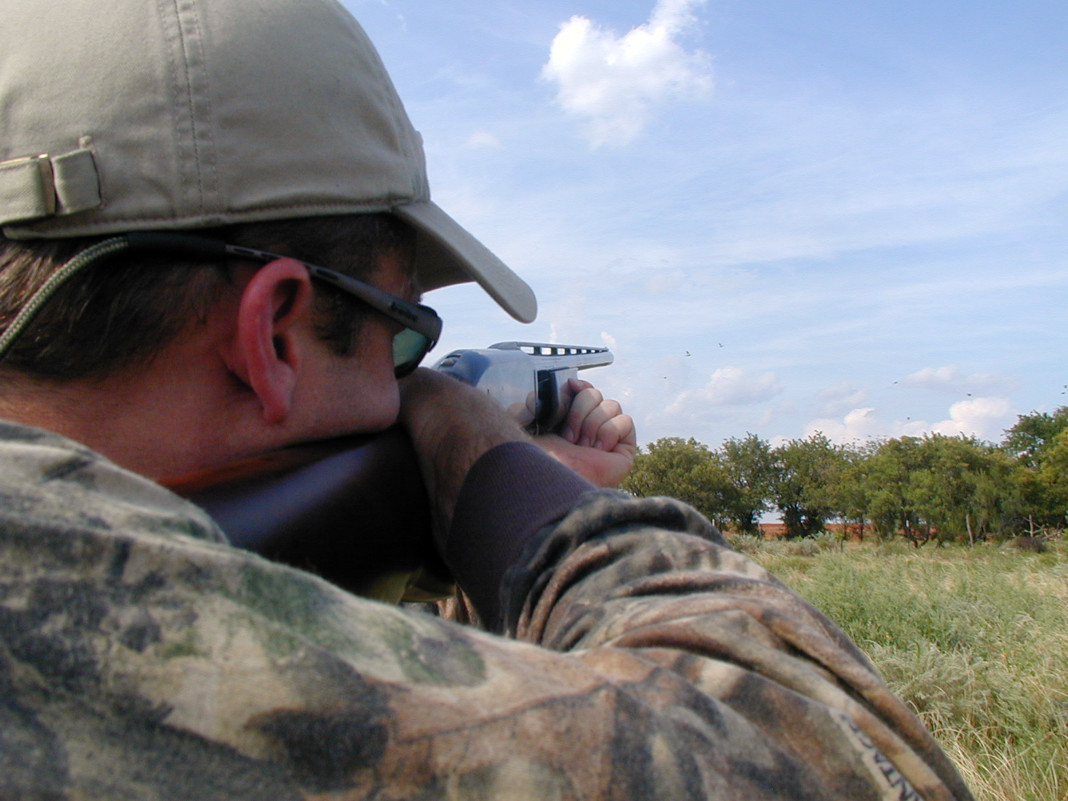With fall hunting seasons of all varieties set to commence in coming weeks, there are more chances than ever for accidents involving firearms, but most – if not all – can be avoided by erring on the side of caution and trusting your common sense. Too often hunters simply get careless with firearm safety when in fact it is much more important than limiting out or having enough shooting opportunities.
The highest incidence of accidents typically occurs in November and December as hundreds of thousands of deer hunters head afield with rifles, but September dove hunting brings with it as many if not more injuries inflicted by shotguns.
The common theme in hunting accidents typically intersects one of three areas: not controlling the muzzle of a firearm and pointing it at something you would never intend to shoot; entering or exiting a vehicle with a loaded firearm; and misidentifying game. All of these easily are avoidable, but the last one seems to be a regular occurrence across the country, regardless of the game pursued. Every fall there are numerous reports of hunters shooting at moving objects in the brush only to discover that it was a person. Most displeasing of all, that victim typically is someone to whom they’re related.
Hunting in close proximity is part of the game when targeting any number of winged quarries during the fall and winter, something that should cause you to reflect on your hunting practices – particularly why safety should be your No. 1 concern. If it’s not, you have no business being around others with a loaded weapon.
Dove hunting in particular is dangerous mostly because it represents the beginning of hunting season and most folks don’t take it as seriously as they should, possibly because they haven’t taken part in hunting pursuits for nine months or longer. Shotgun pellets carry deadly power much farther than most hunters realize, and every veteran dove hunter I know has been peppered by falling shot more times than they care to count.
The average shotgun spits out dove-size loads at about 1,200 feet per second. When you consider that there are about 350 pellets in an ounce of No. 7½ shot measuring .094 inches in diameter and about 410 in No. 8s measuring .089, there’s a lot of potential for operator error even if you’re firmly on target nine times out of 10.
While dove hunting carries plenty of dangers, other wingshooting pursuits pose their own threats. For instance, pheasant and quail hunting can provide challenges of trudging through uneven and thick areas, and many hunters aren’t careful where they point their firearms in some situations as they focus on staying upright. On my first pheasant excursion, I remember plodding through an overgrown feedlot that still had tall fences with thick cables. We had to shimmy over the poles, and I wish I could say everyone either unloaded their gun or at least opened the action before they set it down or handed it to someone, but that probably wasn’t the case. The problem with many pursuits is that hunters get caught up in the rush of the moment – something that can turn deadly in an instant.
When it comes to geese, ducks and cranes, there typically is a need to spring up suddenly with a loaded weapon from either a sitting or horizontal position, and hunters can get obstructed as they attempt to shoulder and swing their firearms. I’ve seen even veteran goose hunters get tangled up, something that will chill you to your bones more than associated sub-freezing temperatures ever could, especially when a barrel is pointed in the direction of a line of other hunters.
The safety catch is there for your protection. Use it every time.
However, you can’t rely solely on that little switch, especially if you’re moving around with a loaded firearm. Bad things happen to good people, and nowhere is that more evident than in outdoor pursuits. I remember another spine-tingling account of a deer hunter who used his pump-action .270 as a crutch to assist in getting up from a prone position. On the way up, and as he put his weight on the rifle, the trigger was hit and it discharged not far from his head.
The safety had been on.
While the incident didn’t injure him, other than causing a lingering ringing in his ears, it’s another example of just how quickly things can go wrong, even if you think you’re doing the right thing.
Passing outdoor traditions on has never been more important, but not at the cost of safety. Youths tend to exhibit the same behaviors they see in adults, so you always should lead by vigilant example. After all, you never know who you may keep from becoming another statistic by showing someone the right way to conduct themselves.
It could be the person in the mirror.


















